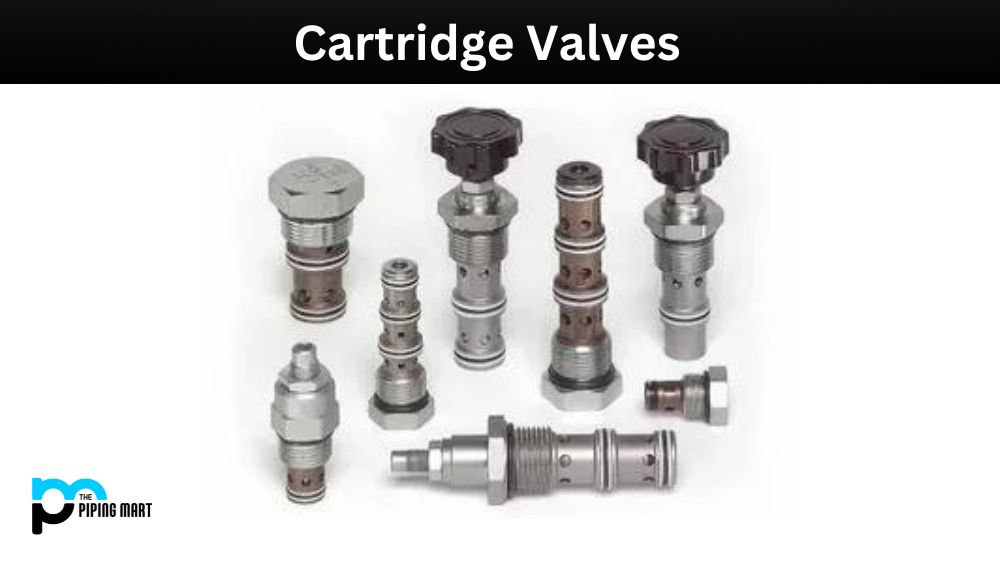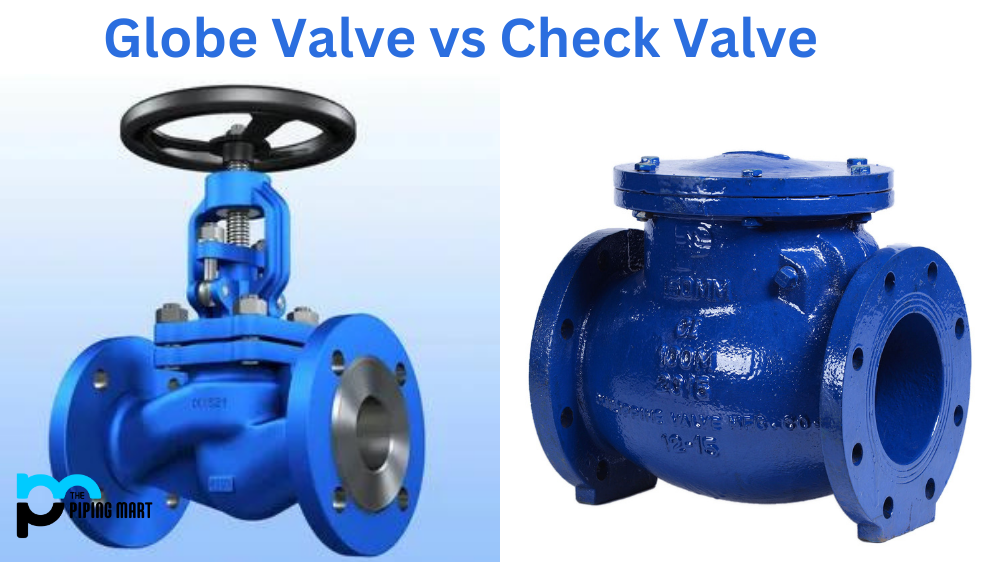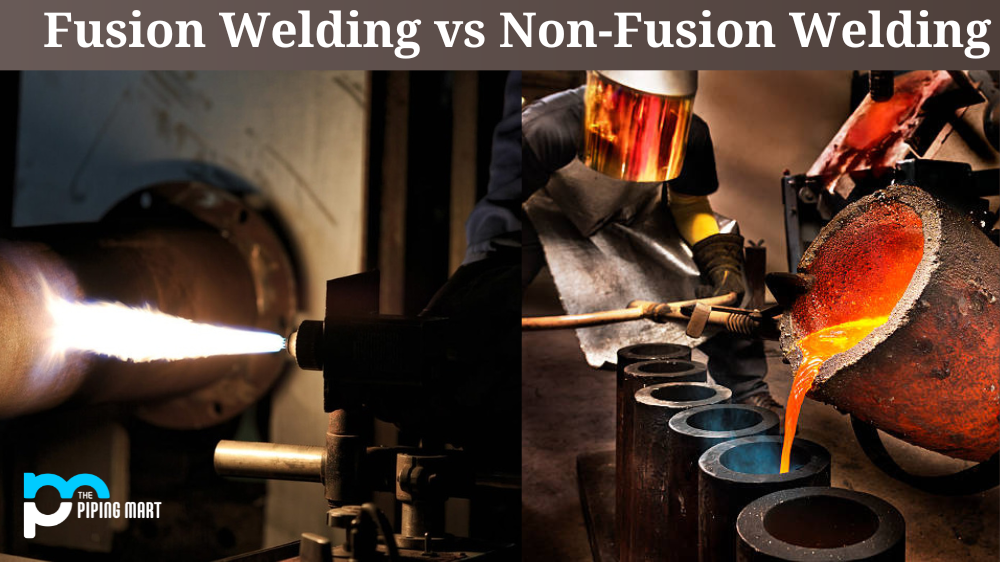Cartridge valves are indispensable components of hydraulic systems. They come in various types, each with unique configurations and applications. Their design and features enable them to regulate and control fluid flow, pressure, and directional flow. This blog post provides an overview of the different types of cartridge valves, their functions, and applications.
Directional Valve
Directional valves control the path of hydraulic fluid in a hydraulic system. They consist of hydraulic lines that direct fluid through the valve. This valve comes in two types, which are spool and poppet valves. The spool valve usually comes with a sliding spool that moves to open and close the hydraulic ports and controls the fluid’s direction. On the other hand, poppet valves use a poppet or spherical ball that moves up and down to regulate transmission fluids.Directional valves are common in steering, brake, and lifting applications like cranes.
Pressure Relief Valve
The pressure relief valve (PRV) controls the maximum pressure build-up in a hydraulic system. It releases excess pressure in the hydraulic system through an external outlet. The PRV has an adjustable spring that determines its opening and closing pressure. PRVs are indispensable for hydraulic pumps, safety systems, and accumulators.
Flow Control Valve
The flow control valve regulates the system’s hydraulic fluid flow rate. These valves control the hydraulic fluid flow by controlling the opening size between the inlet and outlet ports. This valve comes in two types, which are manual and automatic valves. Manual valves have a knob or lever to control the hydraulic fluid’s amount of fluid, while automatic valves adjust the flow rate automatically.Flow control valves are commonly used in hydraulic cylinders, motors, and pumps.
Check Valve
The check valve only allows hydraulic fluid to flow in one direction. It prevents the backflow of hydraulic fluid, which might cause damage to the hydraulic system. Check valves have two ports – the inlet and outlet ports. They come in two types – ball and spring-loaded check valves. The ball check valve uses a ball to block or allow fluid flow, while the spring-loaded check valve uses a spring to control the opening and closing of the valve.Check valves are commonplace in hydraulic equipment that uses lifting and lowering of loads like excavators and hydraulic lifts.
Sequence Valve
The sequence valve is responsible for ensuring the correct hydraulic operation sequence. It works by forcing fluid to pass through one circuit before opening another. The valve controls the operation sequence by controlling the pressure applied to the hydraulic lines. The sequence valve comes in two types – internally and externally piloted valves. Sequence valves are commonly used in hydraulic presses, machine tools, and clamping operations.
Conclusion:
Understanding the different types of cartridge valves and their functions enables you to select the ideal valve for your hydraulic system. Hydraulic machines and systems have different operating requirements, which necessitates using different cartridge valves. Ensure you use the right valve to guarantee optimal performance and safety of your hydraulic equipment.

A passionate metal industry expert and blogger. With over 5 years of experience in the field, Palak brings a wealth of knowledge and insight to her writing. Whether discussing the latest trends in the metal industry or sharing tips, she is dedicated to helping others succeed in the metal industry.




